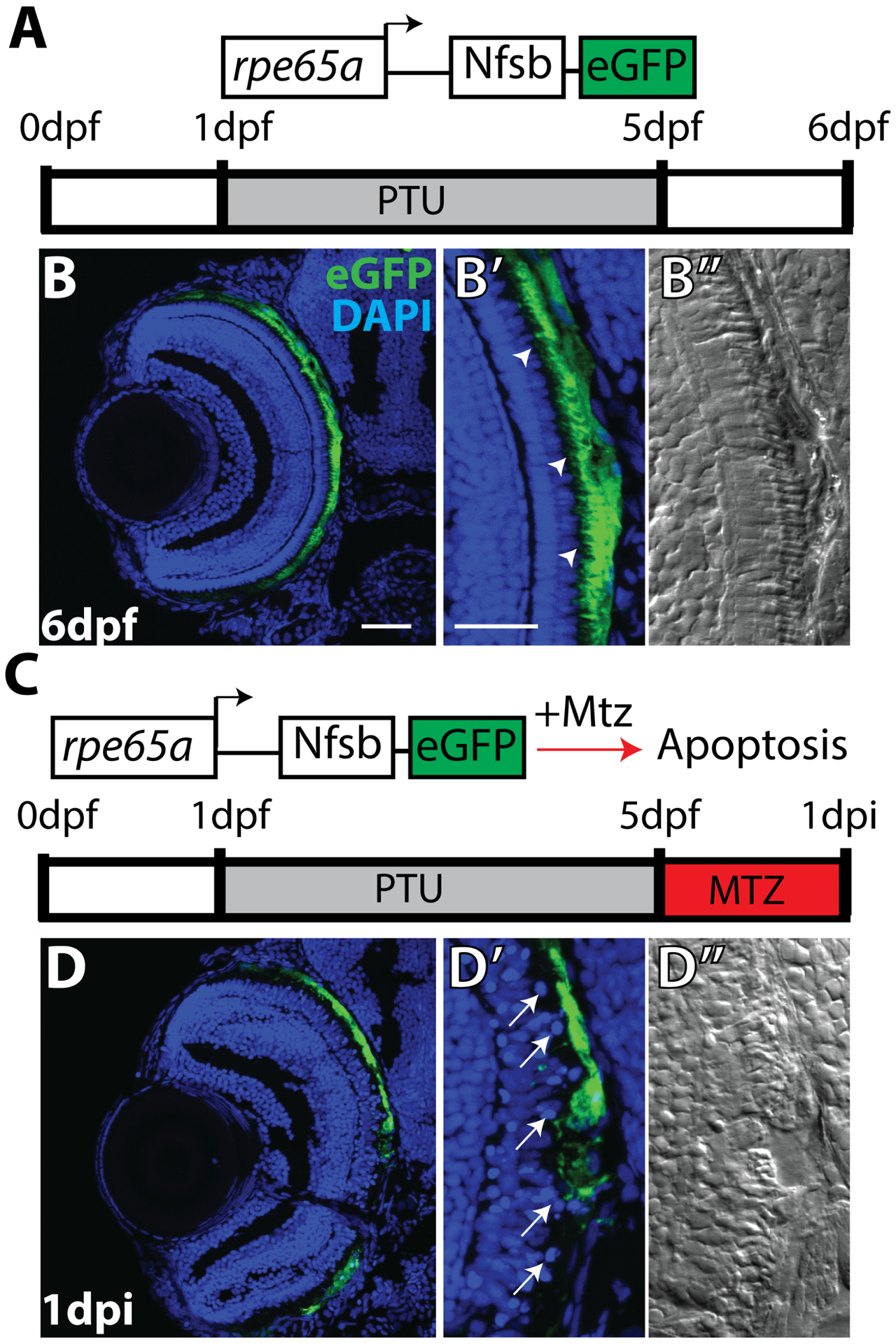Figure 4. RPE ablation paradigm in zebrafish:

(A) Cartoon depicting the rpe65a:nfsB-eGFP transgene and treatment course of unablated embryos. (B) Transverse cryosections of an unablated 6dpf larva. (B,B’) After exposure to PTU between 1–5dpf, transgene expression is specifically restricted to mature RPE cells, with the brightest expression confined to the central two-thirds of the RPE. Arrowheads indicate apical microvilli. (B”) DIC images reveal RPE repigmentation and normal photoreceptor layer architecture. (C) Cartoon depicting the nitroreductase-mediated ablation paradigm: after washing out PTU, larvae were treated with MTZ for 24 hours. Within cells expressing the transgene, nfsB converts MTZ into a potent DNA crosslinking agent and induces cell death. (D,D’) Transverse cryosections of a 1dpi larva reveal significant disruption of eGFP+ cell morphology and disorganization in INL nuclear lamination. Arrows indicate delaminated and pyknotic nuclei. (D”) DIC images reveal a lack of RPE pigmentation and the marked disruption of photoreceptor layer architecture. Abbreviations: dpf, days post-fertilization; PTU, phenylthiourea; RPE, retinal pigment epithelium; MTZ, metronidazole; nfsB, nitroreductase; dpi, days post-injury; INL, inner nuclear layer. Green=eGFP, blue=nuclei. Dorsal is up and distal is left. Scale bar = 40mm. Figure taken from Hanovice et al., 2019.
